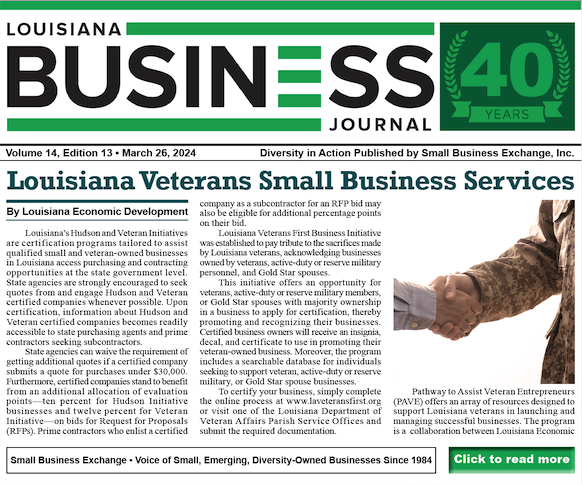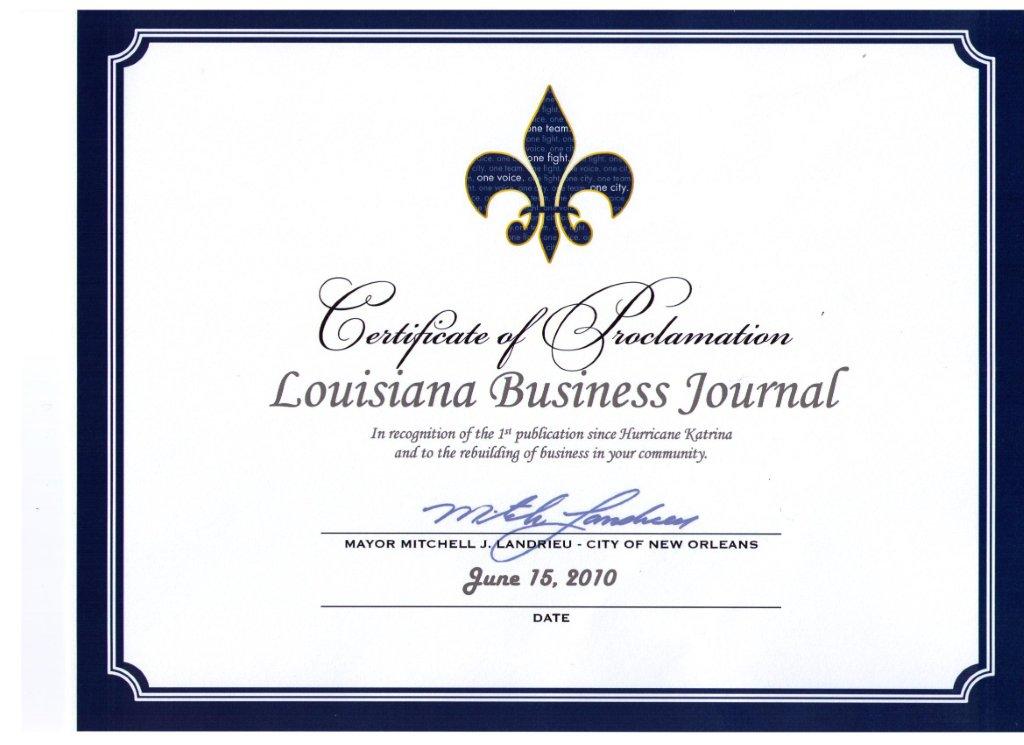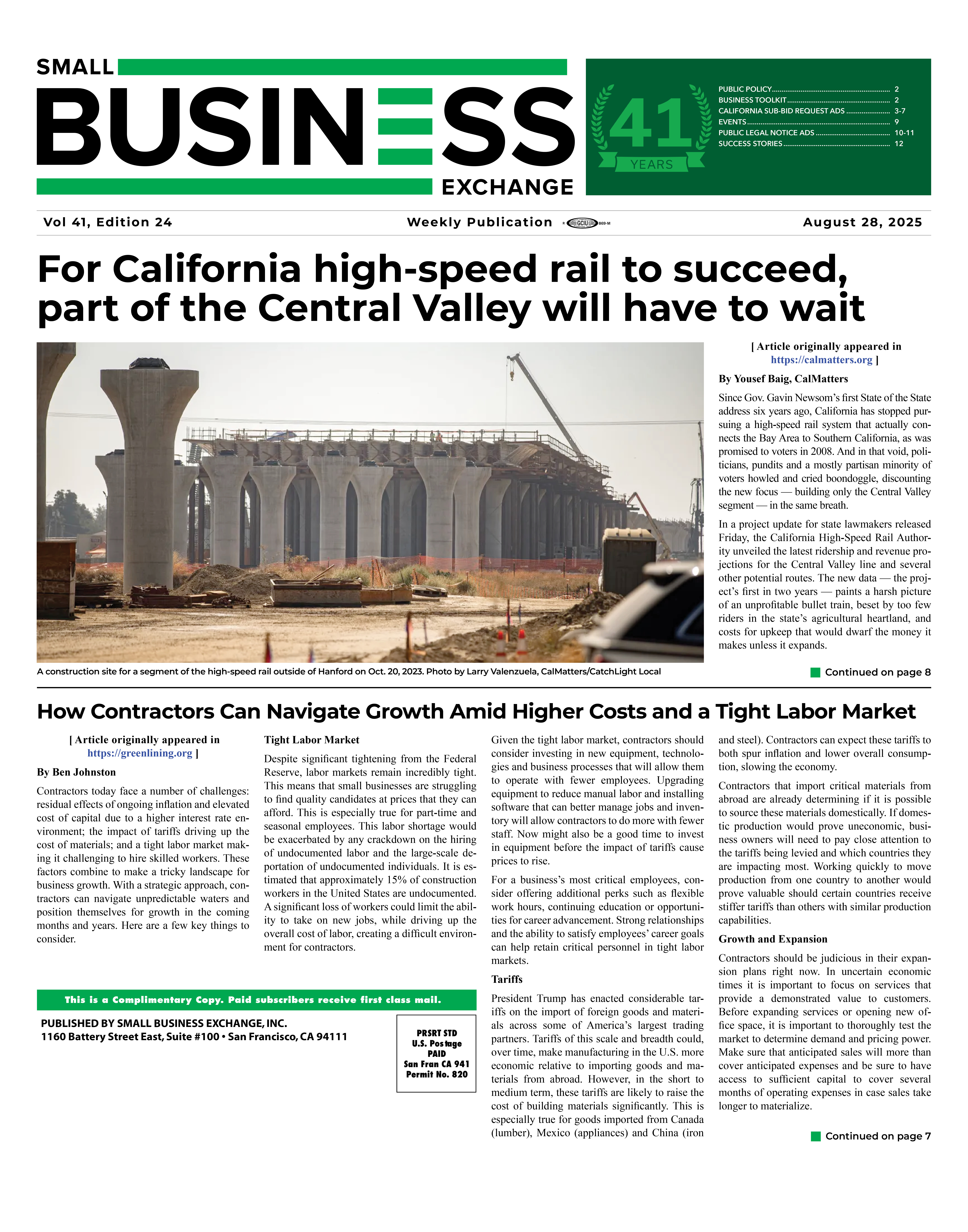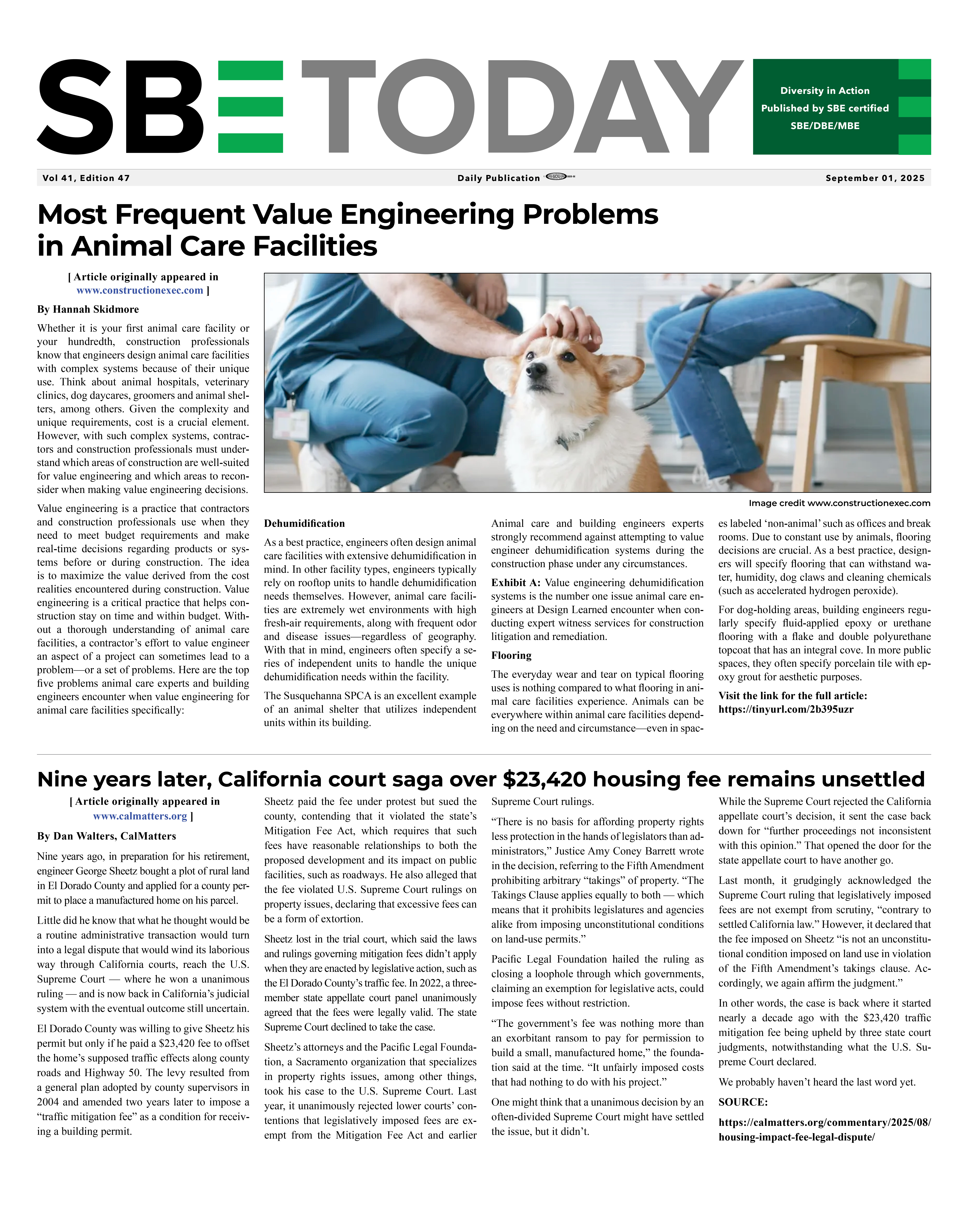After Katrina: Stronger or Still Exposed?
08/26/2025
 By Jeff Thomas By Jeff Thomas
Hurricane Katrina struck New Orleans in 2005. The storm itself did not destroy the city. The levees failed. That failure drowned entire neighborhoods, wiped out homes, and scattered people. Katrina’s shadow still haunts New Orleans.
Twenty years later, billions have been spent to rebuild and protect. Lives resumed, communities reshaped, and new defenses rose. But the central question remains: are we truly safer?
.
Levees, Flooding, and the Old Housing Stock
 Katrina was an epic failure of the levee system. Water poured into New Orleans because man-made protections collapsed. Poorly built homes were not the problem. Entire neighborhoods washed away because the levees broke. Katrina was an epic failure of the levee system. Water poured into New Orleans because man-made protections collapsed. Poorly built homes were not the problem. Entire neighborhoods washed away because the levees broke.
Still, the damage revealed something else: New Orleans had an extremely old housing stock. Shotgun doubles, creole cottages, and century-old homes filled the city. Once the waters receded, tens of thousands were left damaged beyond repair.
This destruction forced a reckoning. Building codes were antiquated. With storms forming faster, hitting harder, and carrying more water, Louisiana needed higher standards. The federal and state response was to rebuild stronger. That was one of government’s better responses to Katrina’s lessons.
Building Codes and Roofing Rules
Since Katrina, New Orleans has updated codes. The city now requires inspections on all new roof projects. Contractors must show the work meets minimum standards. Statewide, Louisiana promotes fortified roofs. Homeowners can choose them and sometimes earn insurance discounts. But New Orleans has not made them mandatory. For many, cost is the barrier.
The reality is mixed. Codes are stronger, but enforcement is uneven. Much of the city’s old housing stock still stands vulnerable.
Insurance in Crisis
Insurance remains Katrina’s cruelest legacy. Companies collapsed under the flood of claims. Many left Louisiana altogether.
Today, families pay some of the highest premiums in the nation. Flood and wind coverage are mandatory for most homeowners. Renters feel the squeeze as landlords raise rents to cover higher costs. The market is fragile. Another Katrina scale disaster could break it.
Demographic and Real Estate Shifts
Katrina permanently reshaped both the people and the housing of New Orleans. More than 100,000 homes were lost. Affordable rentals vanished. Rebuilding favored higher-end developments.
Nearly 100,000 Black residents left the city and never returned. In their absence, Hispanic and White populations grew. Gentrification transformed Tremé, Central City, and Bywater. Long-time Black families were pushed out.
New Orleans is now smaller, whiter, and less rooted in its Black cultural base. That change raises the hardest question: can the city’s soul survive without the people who made it? New Orleans’s food, music, and festivals come directly from Black culture. If demographic shifts continue, the cultural identity of the city is at risk.
Federal Dollars and Fortifications
The federal government invested more than $14 billion in protections. The Hurricane and Storm Damage Risk Reduction System now surrounds the city.
The new system includes taller floodwalls, massive surge barriers, and stronger pumps. In theory, New Orleans can withstand a “hundred-year storm.”
But climate change changes the math. Hurricanes are stronger, wetter, and more frequent. Even the Army Corps admits upgrades will be needed within decades.
Sewerage and Water Board: Still Fragile
The Sewerage and Water Board remains a weak link. Old pipes break. Pumps fail. Boil-water advisories are routine.
Katrina proved what happens when systems collapse. Two decades later, this agency still struggles. Without massive investment, it will remain unreliable.
Entergy, Delta Utilities, and the Power Grid
During Katrina, electricity failed. The city went dark for weeks. Gas, however, kept flowing.
Entergy has since sold its gas business to Delta Utilities. That raises new concerns. Gas was one of the few reliable lifelines during Katrina. Now, citizens must trust a company with no deep local roots.
Entergy still controls electricity. The grid remains weak. A single hard storm can knock out power across the city.
Florida offers a contrast. After Hurricane Andrew, the state hardened its grid. In 2022, one county took a direct hit and kept power. Underground lines, stronger poles, and redundancy worked. Unfortunately for us, Entergy has not matched that progress.
Are We Protected?
Yes—and no. Levees are stronger. Surge barriers are massive. Pumps are better.
But the everyday systems—insurance, water, power—are fragile. Real estate is unstable. Demographics are shifting.
The city is safer than 2005, but is it safe enough?
Final Thoughts
Twenty years after Katrina, New Orleans stands fortified but still fragile. Billions were spent. Walls rose higher. Pumps grew stronger. Yet, insurance, infrastructure, and the grid remain shaky.
The city is smaller, more expensive, and less Black. Its culture faces pressure. Its people still live with risk.
Survival is not enough. If New Orleans is to thrive, it must secure its systems, protect its families, and preserve its soul.
Jeff Thomas is the owner, publisher, and editor of Think504/Black Source Media and an owner/partner of WBOK 1230 AM, one of the oldest and longest running, Black-owned radio stations in the country.
Source:Black Source Media
Back To News |
|
|
|
|
||
|
© 2025 Small Business Exchange, Inc. |
||







